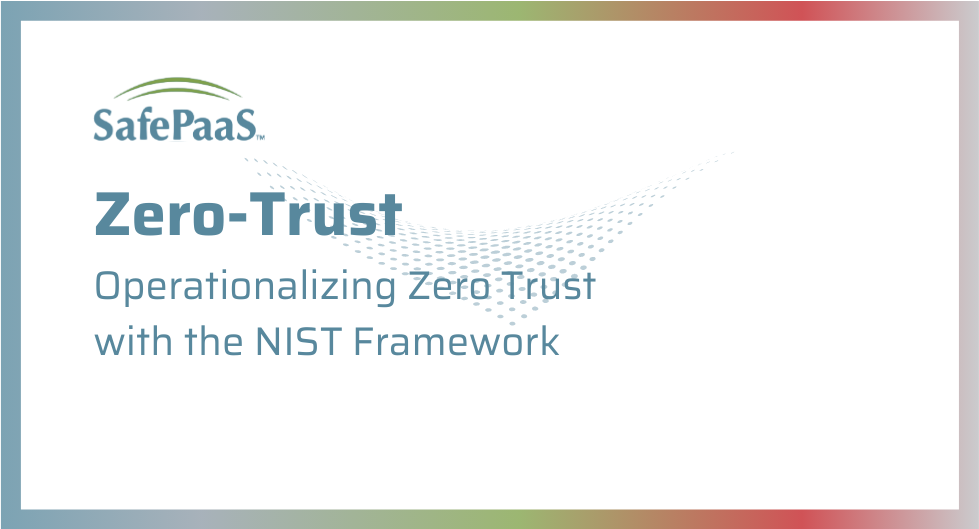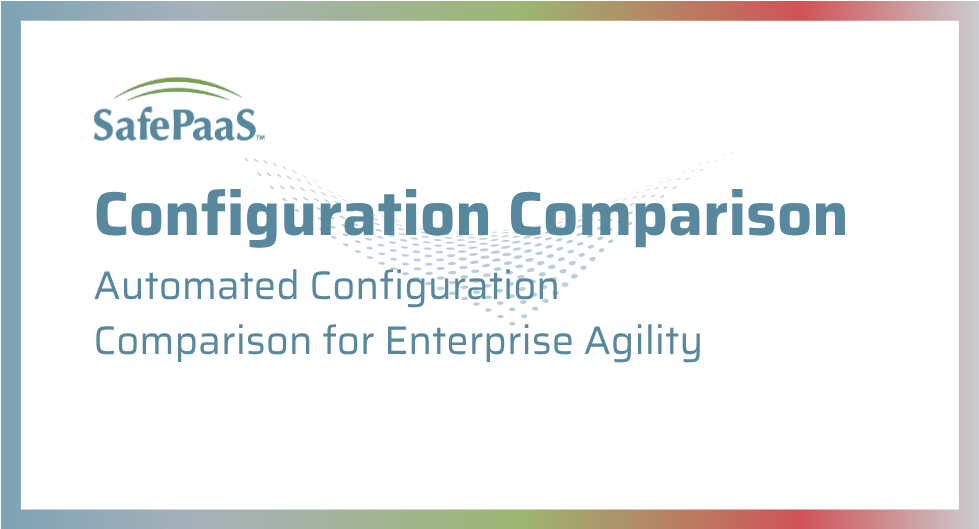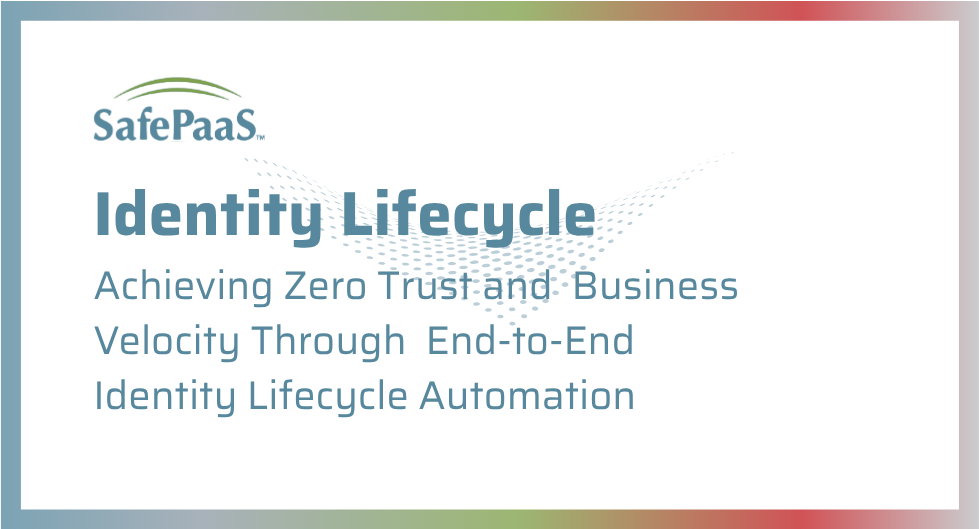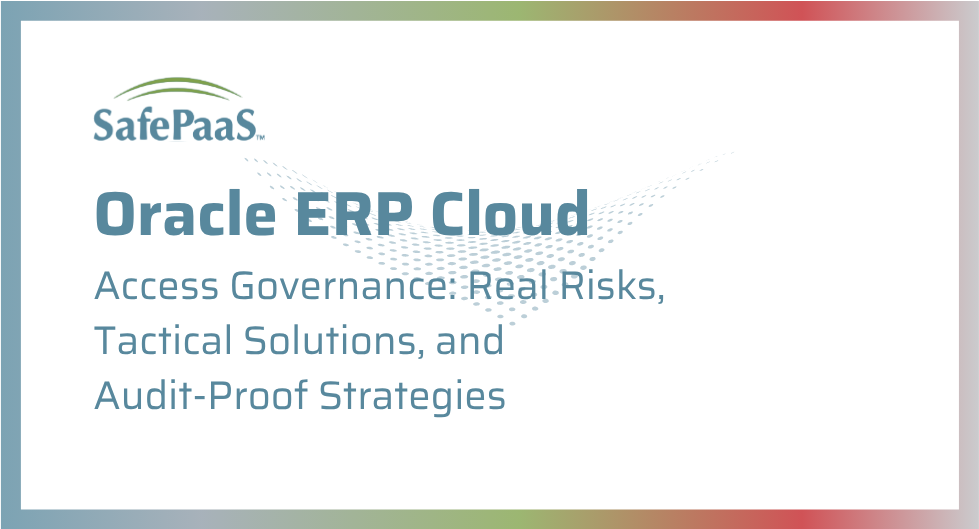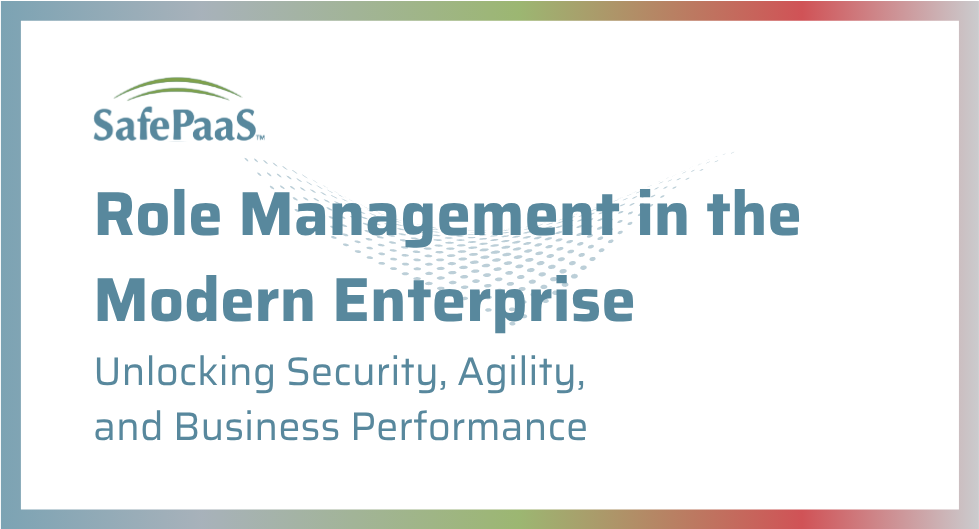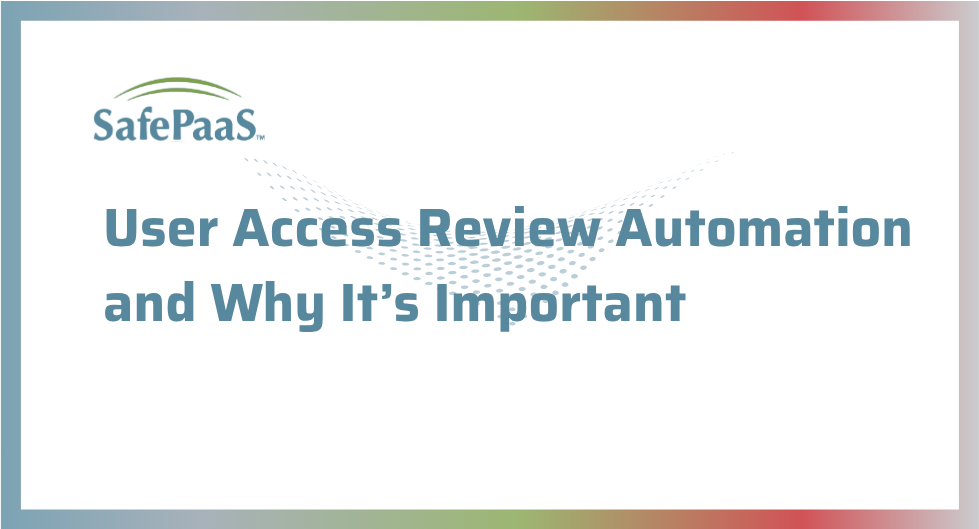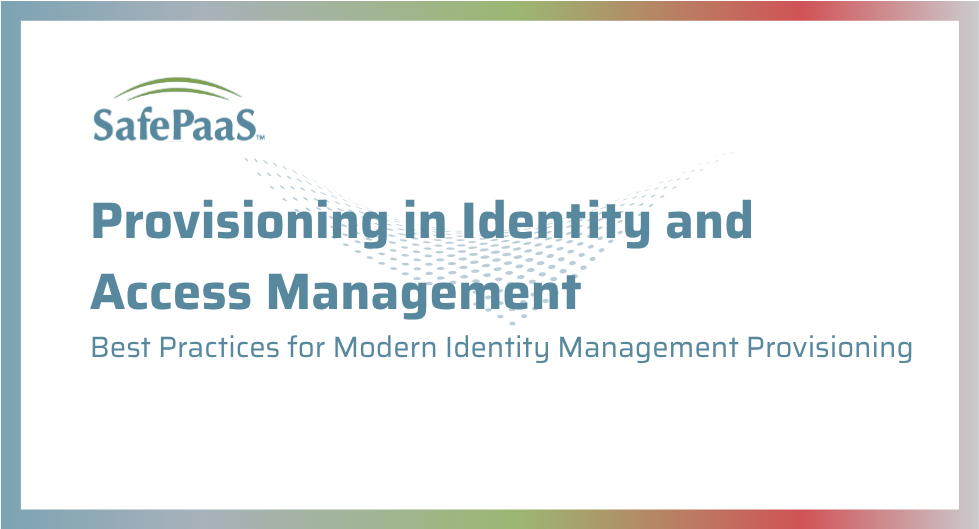As cyber threats grow in sophistication and business environments expand across cloud, on-premises, and hybrid architectures, traditional perimeter-based security models are no longer sufficient. Organizations must adopt a Zero Trust Architecture (ZTA)—an approach that assumes no implicit trust and requires continuous verification of users, devices, and systems.
The National Institute of Standards and Technology (NIST) Special Publication 800-207 provides a structured framework for implementing Zero Trust. This paper outlines the strategic importance of Zero Trust, explains the role of the NIST framework, and provides practical guidance for operationalizing Zero Trust with identity as the foundational control.
The Imperative for Zero Trust
Conventional security architectures were built on the assumption that threats primarily originate outside the corporate network. Once access was granted to an internal system, users were implicitly trusted.
This model has eroded due to several converging factors:
- Cloud adoption has dissolved the traditional network perimeter.
- Remote workforces demand secure access from diverse devices and geographies.
- Advanced persistent threats and insider risks have increased attack sophistication.
Zero Trust addresses these challenges by applying the principle of “never trust, always verify” to every request for access, regardless of network location.
The NIST Framework for Zero Trust
The NIST SP 800-207 guidance provides a comprehensive model for implementing Zero Trust in a structured, repeatable way. It emphasizes the following principles:
- Continuous Verification – Authenticate and authorize every connection request.
- Least Privilege Access – Limit user and system permissions to the minimum necessary.
- Dynamic Policy Enforcement – Apply contextual, risk-based access controls.
- Ongoing Monitoring and Analytics – Continuously evaluate security posture and detect anomalies.
By following the NIST framework, organizations can align Zero Trust adoption with existing risk management practices while ensuring scalability and compliance.
Identity as the Cornerstone of Zero Trust
Identity is the most critical component of Zero Trust. Every user, device, application, and workload must have a verified identity before access is granted. Key practices include:
- Multi-Factor Authentication (MFA) for strengthening user verification.
- Role-Based Access Control (RBAC) to assign permissions according to least privilege principles.
- Privileged Access Management (PAM) to secure administrative and high-risk accounts.
- Identity Governance and Administration (IGA) to enforce lifecycle policies for accounts and entitlements.
By elevating identity to the security perimeter, organizations significantly reduce the likelihood of unauthorized access and insider threats.
Operationalizing Zero Trust
Transitioning from strategy to execution requires embedding Zero Trust principles into daily operations. Based on NIST guidance, organizations should:
- Map Critical Assets and Data Flows
Identify where sensitive information resides and how it moves across systems. - Define Access Policies
Develop context-aware policies that consider user role, device health, and transaction risk. - Implement Continuous Monitoring
Leverage analytics to detect unusual behavior and automate response mechanisms. - Automate Detection and Response
Use policy-driven controls to minimize human error and accelerate incident response.
Evolve Maturity Over Time
Zero Trust is not a one-time deployment but a journey that requires ongoing refinement.
Strategic Takeaways
- Zero Trust is an organizational strategy, not a single technology. It requires collaboration between IT, security, compliance, and business teams.
- The NIST framework provides a roadmap. Following SP 800-207 ensures that Zero Trust adoption is structured, measurable, and aligned with regulatory expectations.
- Identity is the foundation. Strong identity and access management (IAM) capabilities are prerequisites for Zero Trust maturity.
- Culture is as important as technology. Sustainable success depends on embedding Zero Trust thinking into daily decision-making.
Zero Trust is no longer optional. As enterprises face heightened regulatory scrutiny and increasingly complex threat landscapes, adopting the NIST Zero Trust framework provides a practical path forward. By operationalizing Zero Trust through strong identity practices, continuous monitoring, and adaptive policy enforcement, organizations can build a more resilient security posture—one that not only mitigates risk but also enables trust in digital transformation.
